By Major Dominic J. Caraccilo
John Laurens’ identity, indeed his very being, was tied directly to his status as an officer during the American Revolution. As the dustjacket of this biography conveys, John Laurens “distinguished himself as one of the most zealous, self-sacrificing participants” in the American fight for independence. However, author Gregory D. Massey, professor of history at Freed-Hardeman University in Henderson, Tenn., provides with this biography more than just a study of the profound human character required in America’s fight for freedom. John Laurens and the American Revolution (University of South Carolina Press, Columbia, S.C., 2000, 327 pages, photographs, illustrations, maps, bibliography and index, $34.95 hardcover) is at once a dedication to Laurens’ wartime record and an identification of the de facto origins of a newly found country’s plea for individual rights.
Professor Robert W. Weir states on the book’s back cover that Laurens was known “as a daring Revolutionary War Patriot and a lonely opponent of slavery.” However, as Laurens wrote in a letter in 1776, “it was hypocritical for Americans to demand their liberty while they held blacks in bondage.” This is a superimposing theme in this perceptive work.
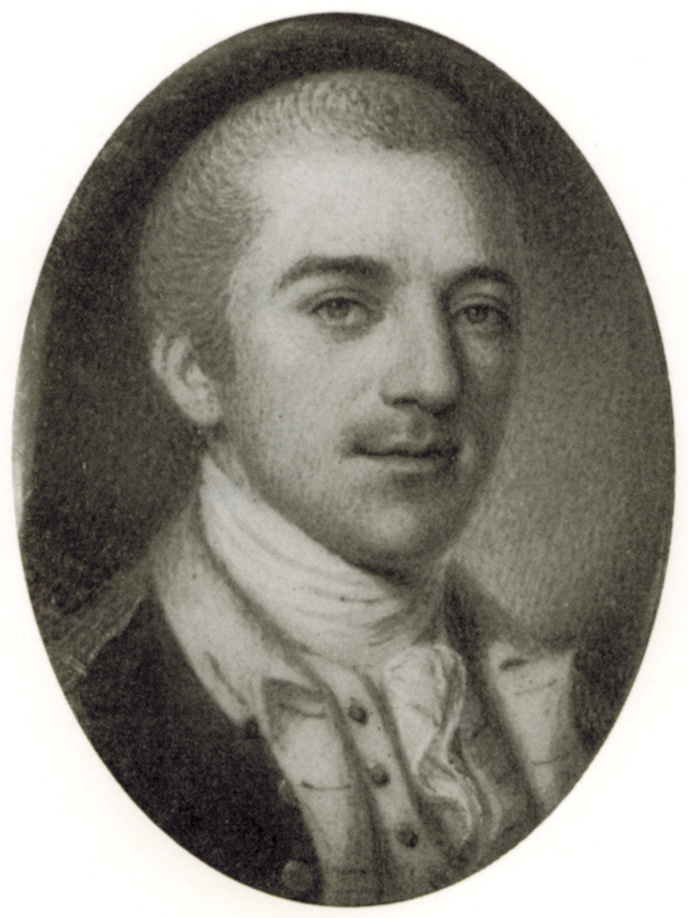
Laurens was desperate to fight for his country once the revolution began. His biggest fear throughout the war was to miss the decisive battle. Educated abroad and known among the elite in South Carolina, he was fortunate to be born and raised in the realms of the upper class, a status that provided many opportunities throughout his life. During the Revolution he was a devoted servant to then Gen. George Washington, serving as his aide-de-camp during the early part of the war and even becoming a special minister to France alongside Benjamin Franklin in 1780.
While an upper-class status provided Laurens multiple opportunities, historians have often overlooked his complete devotion to the fight for freedom. Massey provides this overdue study by first examining in detail the person to whom John was closest, his father.
Henry Laurens was a prominent leader in South Carolina society and the eventual president of the Continental Congress. The elder Laurens maintained the same views as his son and together they pledged their lives and fortunes to secure American independence. As stated in the Introduction, Massey’s work explores the personal, social and cultural crises experienced by John Laurens in an attempt to respond to this pledge. Massey expertly shows how Laurens’ life starkly demonstrates a crisis of confidence many Americans of his generation faced: the contrast between their aspirations as republican citizens and their accomplishments as individuals.
Laurens’ lifelong attitude toward slavery was, at best, ambivalent. However, his determination to free slaves in return for their service to the Continental Army, although never fully realized, was pervasive throughout his career first as a soldier, then as a diplomat, and finally as a commander in the field. Until his death, John Laurens vowed to create and command an African American fighting unit composed of former slaves. While unsuccessful in this, from the time he left his family in England until his untimely death in 1782, John Laurens was consumed by his black regiment proposal.
His life touches on multiple subjects of interest that scholars and lay readers will embrace. These topics include the meaning and importance of virtue in Revolutionary America, the future of slavery, and finally a topic not often explored, the distribution of wealth within society during the era. This chronological narrative is designed to appeal to a wide audience, since it is full of historical interests that affected John Laurens’ life. Complete with stories of interaction with such prominent military and political figures as Alexander Hamilton, and Laurens’ own conspicuous military efforts at places like Brandywine, Germantown, Monmouth, Charleston, Savannah and Yorktown, make this biography an important addition to the history of the American Revolution.
John Laurens’ headstone defines the man’s legacy because it renders his character precisely. His epitaph (translated here from the Latin) eulogizes the man and the tone of many Americans during the Revolutionary era: “Sweet and proper it is to die for one’s country.”
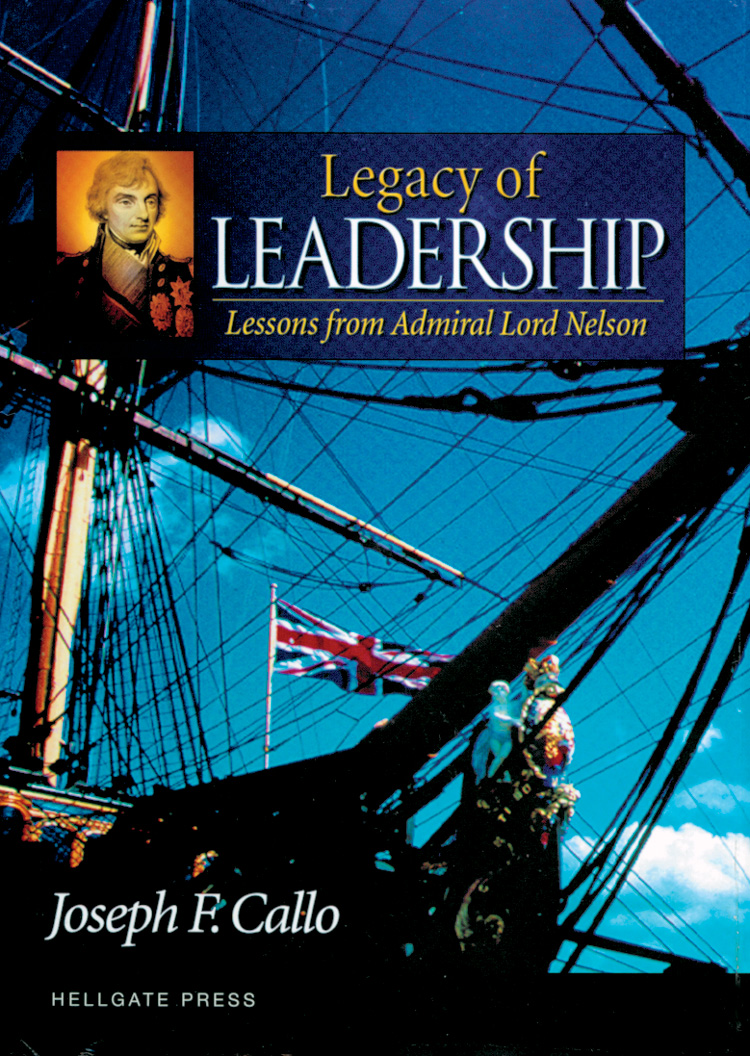 Recent and Recommended
Recent and Recommended
Legacy of Leadership: Lessons from Admiral Lord Nelson, by Joseph F. Callo, Hellgate Press, Central Point, Ore., 2000, 136 pages, photographs, maps, bibliography, index, $17.95 hardcover.
From his initial sea experiences at age 12 as a midshipman aboard the HMS Raisonnable until his death at Trafalgar, Admiral Lord Horatio Nelson fought in land battles from Sardinia to Nicaragua and sea battles from the harbor of Copenhagen to the anchorage of Aboukir in Egypt. In Legacy of Leadership: Lessons from Admiral Lord Nelson, Rear Admiral (retired) Joseph F. Callo focuses on Nelson’s life, times, and particularly, his legacy as a leader in combat.
Callo offers a penetrating view of Nelson’s leadership attributes that have altered the understanding and model of naval combat forces to the present day. These resounding yet simple lessons include mental courage, aggressiveness, deeply held convictions, patriotism, knowledge in his field and a genuine regard for those he commanded. In this book, Callo weaves a masterful analysis, tagging each of Nelson’s qualities against an event that occurred in his life.
Because his victories were so electrifying, numerous, historically influential and so closely linked to his personal leadership, examining the life of Admiral Lord Nelson provides a unique opportunity to better understand the timeless subject of leadership. Few will dispute an assertion that Nelson spawned a personal legacy of success in battle. Between the time he first assumed command at sea in 1778, to his death at Trafalgar in 1805, his unique combat command drove a change in the basic form of battle.
Using five battles to illustrate Nelson’s legacy, Callo asserts that Nelson“understood the link between personal combat leadership directed towards victory in a specific battle and the longer-term strategic sea power issues.” The battles of Cape St. Vincent, Santa Cruz, the Nile, Copenhagen and the infamous Trafalgar are the lens through which Callo supports the book’s premise.
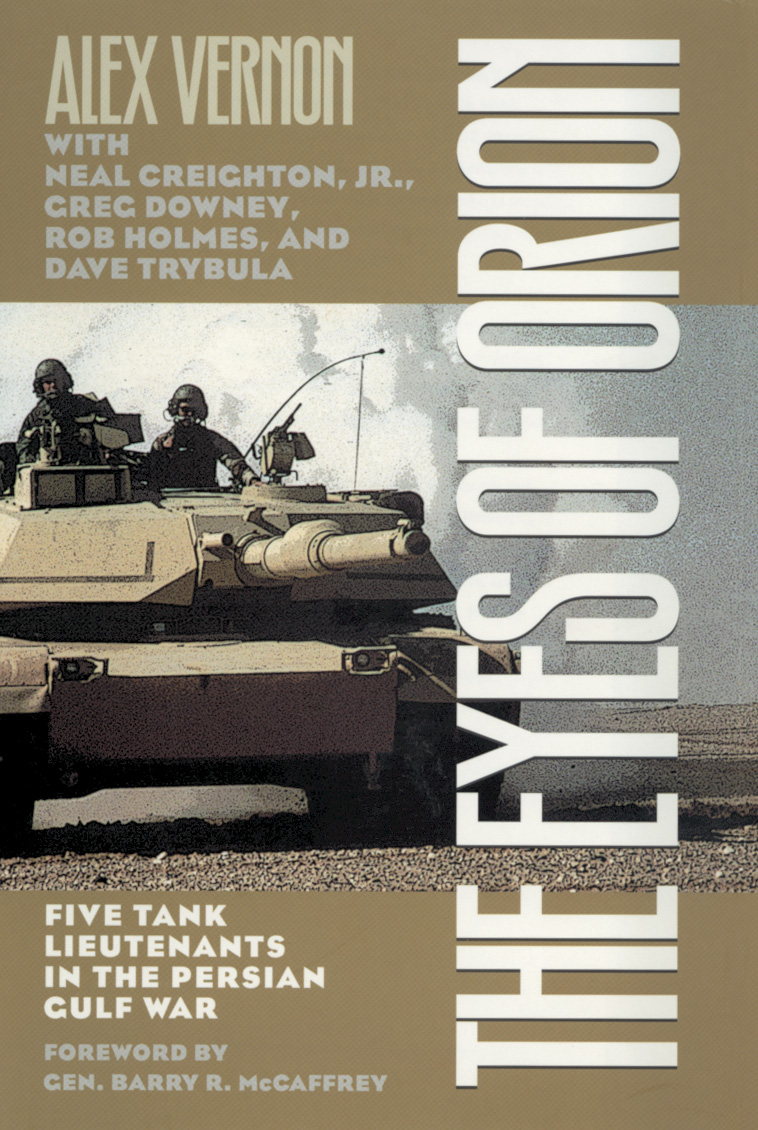 The Eyes of Orion: Five Tank Lieutenants in the Persian Gulf War, by Alex Vernon with Neal Creighton, Jr., Greg Downey, Rob Holmes, and Dave Trybula, Kent State University Press, Kent, Ohio, 1999, 330 pages, maps, diagrams, photographs, tables, appendices, bibliography, index, $35.00 hardcover.
The Eyes of Orion: Five Tank Lieutenants in the Persian Gulf War, by Alex Vernon with Neal Creighton, Jr., Greg Downey, Rob Holmes, and Dave Trybula, Kent State University Press, Kent, Ohio, 1999, 330 pages, maps, diagrams, photographs, tables, appendices, bibliography, index, $35.00 hardcover.
Having written a combat memoir about desert storm, I feel confident in saying that this is the single best book on the Persian Gulf War on the market today. Five young lieutenants, green to the U.S. Army, found themselves embarking on the most violent and rapid military attack in the history of mankind. The soldiers of the 1st Battalion, 64th Armor Regiment, 24th Infantry Division (Mechanized) were at the “tip of the spear” when they conducted a three-hundred-kilometer assault north to the Euphrates River Valley in Iraq during Operation desert storm. The Eyes of Orion: Five Tank Lieutenants in the Persian Gulf War is a personal account of the day-to-day experiences of five platoon leaders who served in that tank battalion during Operations desert shield and desert storm.
These five young leaders each displayed all the qualities required of a successful platoon leader in order to make the Euphrates River valley attack during the early part of the ground war. Narratives explaining the bold left-hook and subsequent 70-kilometer exploitation attack down Highway 8 to the outskirts of Basra is what makes this memoir of sorts exciting to read.
In four days, these courageous platoon leaders took part in what is commonly known as “the greatest cavalry charge in history.” Of equal note is author Alex Vernon’s remarkable capability to expertly weave his thoughts and those of Neal Creighton, Greg Downy, Rob Holmes, Jr., and Dave Trybula into a coherent, well-written compendium of accounts. This book should be required reading for all junior officers and those soldiers wondering what it’s like to deploy to combat in the present-day military.
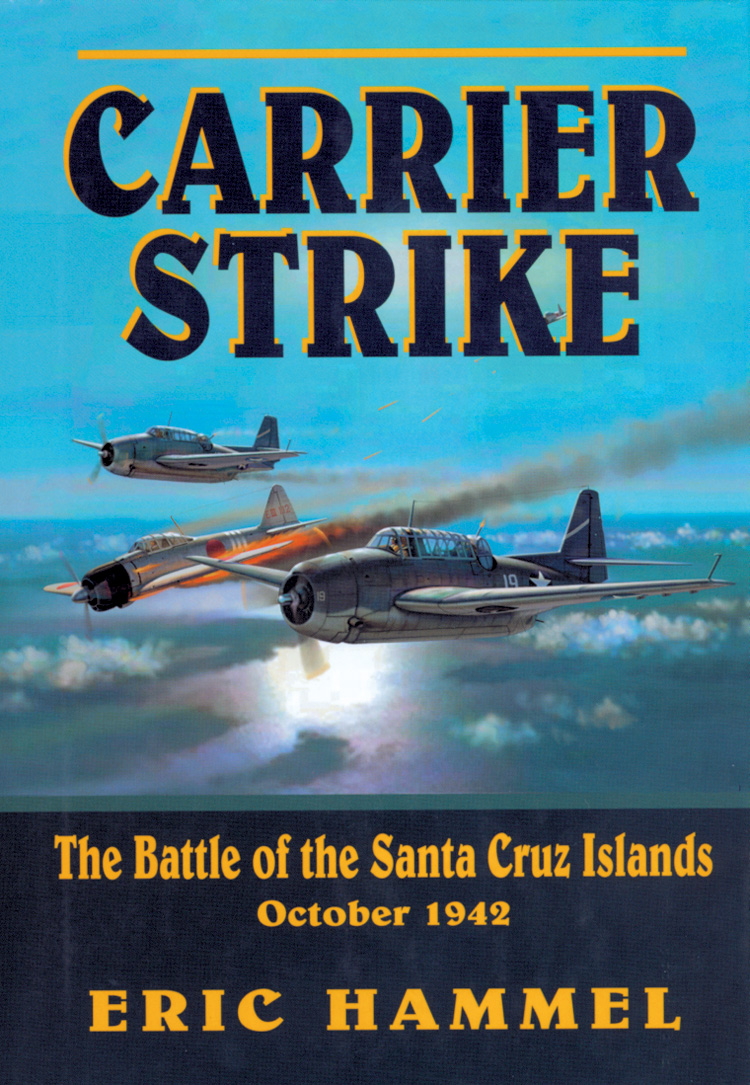 Carrier Strike: The Battle of the Santa Cruz Islands, October 1942, by Eric Hammel, Pacifica Military History, Pacifica, Calif., 1999, 409 pages, illustrations, maps, glossary, notes, bibliography, and index, $29.95 hardcover.
Carrier Strike: The Battle of the Santa Cruz Islands, October 1942, by Eric Hammel, Pacifica Military History, Pacifica, Calif., 1999, 409 pages, illustrations, maps, glossary, notes, bibliography, and index, $29.95 hardcover.
Using information retrieved from an earlier book titled, Guadalcanal: The Carrier Battles, renowned author and world-class historian Eric Hammel has added to his already 30-plus books another definitive account of military history. A master at storytelling on par with Stephen Ambrose, Hammel brings the reader center stage to history’s fourth carrier-versus-carrier naval battle. What makes this book so important is that while it is a great story to read, its premise runs much deeper.
Carrier Strike is an immaculate study of the fundamentals associated with strategy. The Battle of Santa Cruz is the venue for which Hammel conveys these timeless fundamentals. Deemed a Japanese victory because U.S. naval forces withdrew, Santa Cruz on a strategic level was an American victory. As Hammel points out, the United States was strategically victorious because the U.S. Navy was able to hold the line and buy time, while Japan failed to achieve its goal of defeating the U.S. Pacific fleet in a decisive, all-or-nothing battle.
It was during the first four carrier battles in the six-month period from early May to late October 1942 that the fate of Japan’s small, elite naval air arm was sealed. Following Santa Cruz and the subsequent series of air and surface engagements known as the Naval Battle of Guadalcanal, the Imperial Navy’s Combined Fleet never again attempted a meaningful strategic showdown with the U.S. Pacific fleet.
Hammel provides an exciting account based upon American and Japanese battle reports and the recollections of several aviators and seamen who took part in the Santa Cruz battle. Written in the edge-of-the-seat style that Hammel’s readers have enjoyed in most of his history books, Carrier Strike is filled with the latest information on the battle that cost Japan any hope of winning the war in the Pacific.
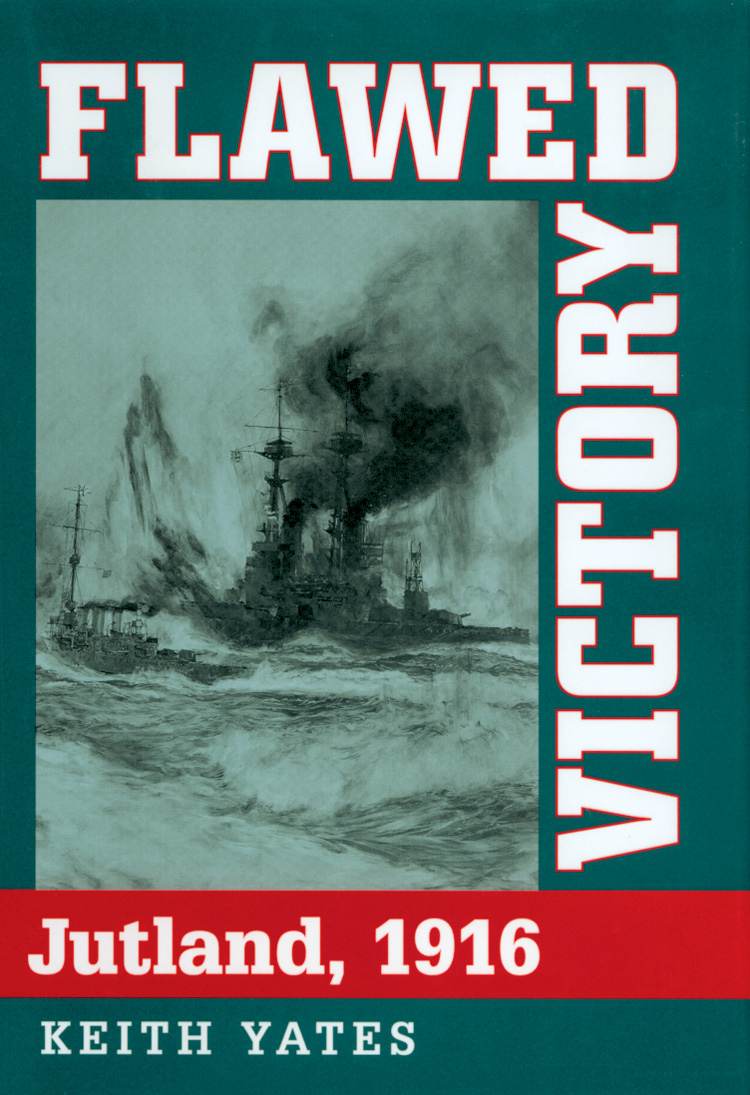 Flawed Victory: Jutland, 1916, by Keith Yates, Naval Institute Press, Annapolis, Md., 2000, 352 pages, photographs, maps, appendices, abbreviations key, bibliography, index, $34.95 hardcover.
Flawed Victory: Jutland, 1916, by Keith Yates, Naval Institute Press, Annapolis, Md., 2000, 352 pages, photographs, maps, appendices, abbreviations key, bibliography, index, $34.95 hardcover.
Jutland was probably the most fascinating and certainly the most analyzed naval battle in history. So why another book? As advertised by the publisher, this work sets a new standard for popular naval history. Author Keith Yates, an Oxford-educated professor emeritus at the University of Toronto and veteran of the Royal Navy, writes with such precision and excitement that readers can follow even the most abstruse details of the battle. The book is designed with such a good balance of scholarly writing and trade-publishing style that even readers with no knowledge of World War I will quickly get caught up in the story.
The post-Jutland debate and controversy about who was the victor, as the author admits in the Preface, is “almost as interesting as the battle itself.” More than 80 years have passed since the 1916 Jutland battle, but most has been written about its outcome. Nonetheless, Yates has reached some conclusions that, in his view, are “at variance with widely accepted views of the battle and its major figures.”
The book is divided into three sections: the naval arms race leading up to the Great War; the battle itself; and an analysis of the aftermath and postwar controversy.
While Jutland lacked a decisive outcome, it was, and still is, the greatest naval battle that ever took place entirely on the surface of the sea. Yates’s book is a perfect tribute to that battle.
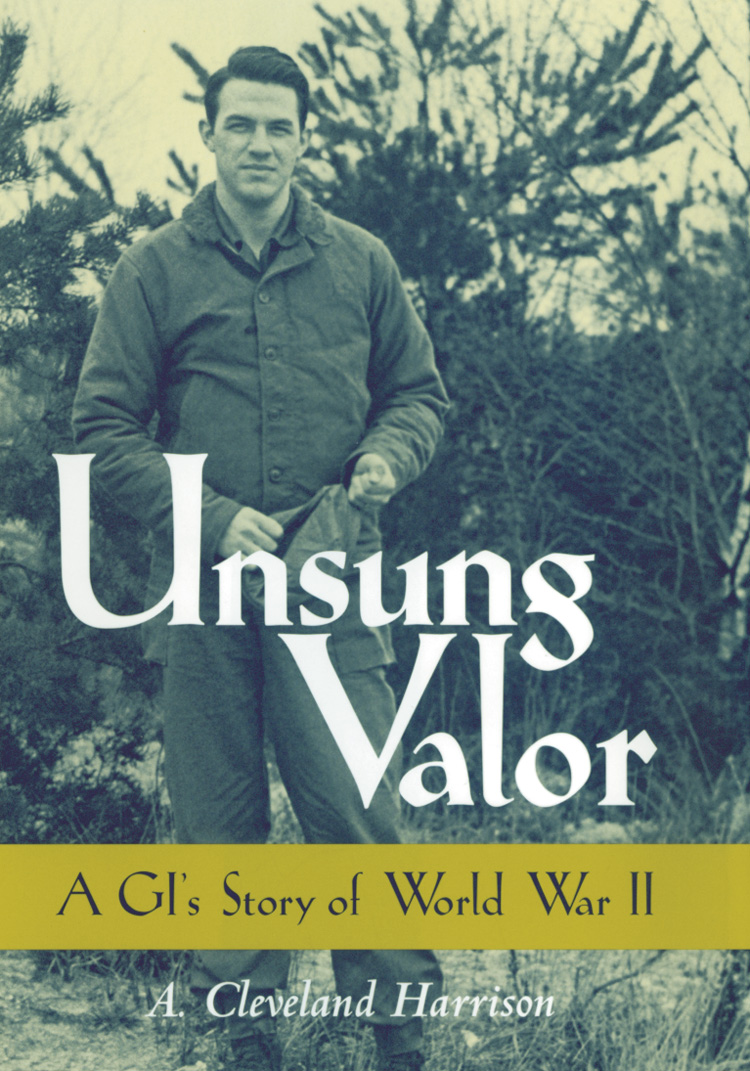 Unsung Valor: A GI’s Story of World War II, by A. Cleveland Harrison, University Press of Mississippi, Jackson, Miss., 2000, 355 pages, maps, photographs, $28.00 hardcover.
Unsung Valor: A GI’s Story of World War II, by A. Cleveland Harrison, University Press of Mississippi, Jackson, Miss., 2000, 355 pages, maps, photographs, $28.00 hardcover.
From Little Rock, Ark. to Oxford University to the Battle of the Bulge and the Siegried Line, and finally to Occupied Berlin, A. Cleveland Harrison moved through the latter part of World War II and came home a victor. Drafted to the army at age 18, Harrison doubted that army life was for him. Three years and three units later, after what felt like a lifetime of war, Harrison returned home an ordinary ex-GI, but nonetheless an “unsung hero.”
Harrison, who is currently a professor of theater at Auburn University, describes his service as “more diverse and incongruous than those of the average enlisted soldier.” When the Japanese bombed Pearl Harbor he was a teenager in high school and safely diverted from the war’s imminence. His war story, while not remarkable, is a clear depiction of the emotional and physical turmoil our soldiers went through. Of basic training and on to the bed of a hospital recovering from wounds, Harrison writes with clarity and conviction.
His goal for this book, as stated in the Preface, is to achieve an understanding of the balance in history between “the achievements of statesmen, generals, diplomats, and heroes by describing the ordinary work, rest, and combat of a naive soldier boy.” Unsung Valor has a number of subplots as underlying premises for the superimposing theme of relating a wartime memoir. Harrison offers ample time to each, centering on the Army Specialized Training Program (ASTP), and a glimpse at what it was like to be an Army of Occupation in Berlin.
He repeats an adage early in the book that most probably defines why he wrote his memoir, namely “the ordeal of not forgetting may well be the only heroism in survival.” A. Cleveland Harrison, while a quiet professional at heart, is indeed worthy of recognition for his unsung valor.
In Brief
A Return to Glory: The Untold Story of Honor, Dishonor, and Triumph at the United States Military Academy, 1950-1953, by Bill McWIilliams, Warwick House Publishing, Lynchburg, Va., 2000, 900 pages, photographs, maps, illustrations, appendices, photographs, notes, bibliography, and index, $40 hardcover.
This book tells of the defining events and people directly affecting the U.S. Military Academy and its system of education and training during the Korean War. Author Bill Mc-Wiilliams’ A Return to Glory validates West Point’s system of “Duty, Honor, Country.” It relives the unprecedented 1951 cheating scandal and its devastating effects on the army, the academy and its graduates. McWilliams provides an in-depth look at Red Blaik’s army football team’s precipitous fall and rise in light of the scandal and then recreates the July 1953 Korean War battle for Pork Chop Hill as a lens for which to view the character of men West Point produced to lead the way. From the gray stone walls of Hudson High to the trenches and bunkers of Korea, A Return to Glory is an inspiring account. Korean war veterans, West Point Academy graduates and military buffs alike will embrace this book.
Historic Sail: The Glory of the Sailing Ship from the 13th to the 19th Century, by Joseph Wheatley, text by Stephen Howarth, Greenhill Books (Stackpole), 2000, 208 pages, 91 color plates 14 x 15 each, glossary, appendix, bibliography, $85.00 hardcover.
Large color artwork and detailed narratives combine in this pictorial display of over five hundred years of maritime history. Joseph Wheatley’s beautifully colored artwork and accompanying text by leading naval historian Stephen Howarth makes Historic Sail a wonderful testament to man’s maritime achievements. From the 13th century Danish cog to the brilliantly colored Scottish tea clipper of 1869, Wheatley and Howarth combine brilliant narratives with a lavish panorama of some of the most elegant ships ever built. This largeformat coffee-table book is a brilliant addition to literature on this captivating subject.
Twelve O’Clock High: Bombing the Reich, Talonsoft, Baltimore, Md., System Requirements: Pentium 266 or higher, Windows 95/98, 100% PC compatible, RAM: 64 MB minimum, cd-rom: 4X Speed Required, Input Devices: Microsoft Compatible Mouse, Graphics: 16-bit High Color 3-D graphics, 1999, cd-rom.
This historical simulation puts the gamer in the commander’s chair for some of World War II’s toughest air battles. Recreating the deployment of hundreds of P-51 Mustangs and the legendary B-17 Flying Fortresses against the Reich’s massive military-industrial complex is the basis for play in this strategically focused wargame. Air campaigns like Big Week, Overlord I & II and Avalanche are available in full scenario.
Inclusive is the ability to strategically plan actions that require a keen eye for fighter protection, the use of heavy flak and the accessibility to political targets. Conducting operations in concert with a challenging artificial intelligence that can be used to manage individual air raids, the game features 75 types of aircraft and more than 25,000 pilots.
The Final Crises: Combat in Northern Alsace, January 1945, by Richard Engler, Aegis Consulting Group, Hampton, Va., 1999, 362 pages, illustrations, maps, notes, index, $31.95 plus $3.95 shipping and handling, softcover.
Aegis Consulting Group hits the mark with this intriguing memoir of a combat infantryman in Alsace during the American Operation titled nordwind. There is much more to this memoir than the usual “I was there” template. In fact, author Richard Engler, after conducting an extensive amount of research, superimposes his foxhole-type recollections with “the big picture.” As a result, the reader is graced with an understanding of not only the actions of a BAR gunner in a rifle company of the 42nd Infantry Division’s 222nd Infantry Regiment, but also how, as explained in the book’s Preface,“the exigencies of war at multiple echelons affected—or didn’t—actions at the platoon and company levels.” Excellent editing and a broad purpose make this book a model for memoirs.
Marines at War: 20 True Heroic Tales of U.S. Marines in Combat, 1942-1983, by Eric Hammel, Pacifica Press, Pacifica, Calif., 1999, 288 pages, maps, glossary, photographs, glossary, bibliography, and index, $19.95 softcover.
Twenty engrossing tales chronicle the making of the modern U.S. Marine Corps legend. The 20 include the overlooked Gavutu and Tanambogo landings, the desperate fray at Guadalcanal in 1942 and the tragic 1983 bombing of the USMC headquarters in Beirut. Excerpted from the author’s previous books on the Marine Corps, as well as from a number of magazine articles, this anthology of salient USMC actions is bound to prove itself an inspiring read for U.S. Marines past and present. Marine friends and families, and military history buffs who want to look at war from the bottom up, will appreciate Hammel’s work. No one tells the history of the U.S. Marine Corps better than Eric Hammel. He is a proven author of over two dozen books and continues to hit the mark with Marines at War.
Thirteen Days: A Memoir of the Cuban Missile Crisis, by Robert F. Kennedy, W.W. Norton & Company, New York, 1999, 185 pages, notes, bibliography, and index, $10.95 softcover.
Faced with arguably the most important decision of the modern era, President John F. Kennedy “was determined to get the nuclear missiles out of Cuba.” He realized that American acquiescence in their deployment to a location in close proximity to the mainland would demonstrate the Soviet ability to act with impunity in the very heart of the American zone of vital interest.
Robert F. Kennedy’s Thirteen Days is a timeless chronicle of that precarious time in October 1963. This new edition is complete with a Foreword by Arthur Schlesinger, Jr. that explores the book’s enduring importance. The inclusion of an extensive afterword, written by Richard E. Neustadt and Graham T. Allison, offers an intriguing glimpse into a multitude of facets that include the nuclear paradox and constitutional issues surrounding power brokerage in a nuclear environment. This book should be required reading for all Americans at some point in their education.
Fast Movers: Jet Pilots and the Vietnam Experience, by John Darrell Sherwood, The Free Press, New York, NY, 2000, 288 pages, photographs, glossary, bibliography, and index, $25.00 hardcover.
From 1965 through 1973—while U.S. and Vietnamese forces in the South dealt with an elusive enemy on the ground—Marine, Navy and Air Force pilots were pressing a grim series of attacks meant to force the enemy into peace talks. In this kind of warfare, “going Downtown” meant risking life on every mission against the most concentrated antiaircraft fire ever seen.
Fast Movers compiles the stories of 14 outstanding pilots who blazed the skies of Vietnam. John Darrell Sherwood, a historian at the Naval Historical Center, presents the all-volunteer flyers as singularly courageous, dedicated and capable. He draws on nearly three hundred interviews to provide a well-woven narrative. Sherwood’s book ranks among the best of its type for it offers a compelling presentation of America’s fighter pilots of the Vietnam era.
The Red Cross and the Holocaust, by Jean-Claude Favez, Cambridge University Press, New York, NY, 1999, 353 pages, glossary, maps, appendices, bibliography, notes, $39.95 hardcover.
Much has been written on the atrocities of the Holocaust. Moreover, an equal amount of literature and discussion surrounds the Allied reaction, or lack thereof, to the Nazi genocide. But little has been explored about the Red Cross and its efforts to protect the Jews. Favez’s book offers rhetorical queries about Red Cross policies and the complex workings of the Swiss government, with its sham of portraying both the Swiss and affiliated Red Cross neutral during the war.
This English edition of Une Mission Impossible? provides stark realization that some unfortunate tradeoffs were made during the war. With The Red Cross and the Holocaust, Favez provides enough information for readers to assess for themselves the extent to which the efforts made by Switzerland to dispel the shadows of the past will foster a truer understanding of the work of the Red Cross during World War II. In the end most readers will agree that this massive archival work is a valuable and thorough account of how little the ICRC could do and did for the Holocaust’s six million Jews.
Air Commando Fighters of World War II, by Edward Young, Specialty Press, North Branch, Minn. (1-800-895-4585), 2000, 128 pages, photographs, notes, index, $29.95 softcover.
Young’s book looks at the unique group of World War II air commandos. First used in the trackless jungles of Burma in 1944, the Air Commandos were designed for movement and support of large bodies of troops deep behind enemy lines. British officer Orde Wingate validated their use during the Chindet expeditions. Young has captured the history of this elite force with text and over a hundred photographs of each of the Air Commandos’ seven squadrons.
Glimpses of Glory: The Regimental History of the 61st Illinois Volunteers with Regimental Roster, by Drew D. Dukett, Heritage Books, Inc., Bowie, Md., 1999, 128 pages, illustrations, notes, index, $18.59 softcover.
This regimental history is unique because it views from two perspectives the battles the 61st fought. Author Drew D. Dukett describes Ulysses S. Grant’s overall strategy for the Union and then masterfully interjects the 61st’s role in support of “the big picture.” From the call to arms on March 31, 1862, until they were mustered out in September 1865, Dukett describes the character of the men who fought to preserve the Union in the name of the great state of Illinois. This book is a welcomed addition to the history of U.S. Army regiments, and a tribute to the human dimension of war.
Dead Center: A Marine Sniper’s Two-Year Odyssey in the Vietnam War, by Ed Kugler, Ivy Books, New York, NY, 1999, $6.99.
Ed Kugler joined the Marine Corps to experience the adventures he read about in his fifth grade class. He enlisted as soon as he could but found the Corps to be overly strict and not what he expected. Fed up with his Paris Island training, he went AWOL and hid out in the island’s swamps for three days, evading search parties while eating nothing. When he was found, the MP’s turned him over to a Drill Instructor who, after berating him in front of the other recruits, threw him into a room and said, “Do you know I am a Recon Marine, and I don’t go three days without eating! I don’t escape and evade like you did!” Those words turned Kugler around and he graduated. So begins Dead Center, Kugler’s odyssey as a sniper in Vietnam.
When Kugler reached Vietnam he immediately joined the sniper training school. There he trained in the classroom and on the range, perfecting his skill while binging in drinking contests on his off hours. His first patrols consisted of accompanying recon patrols, but found the assignment unsuited for sniping—the jungle was too thick for long range killing. Eventually, he took to patrolling with other snipers, perfecting his trade.
The book shows sniping to be less than the one-man, one-kill scenario so romanticized in combat lore. There were plenty of patrols that yielded no kills. Some forays combined artillery fire as well as sniper fire to wipe out the enemy. And sometimes the enemy found the snipers before they could set up their ambushes, making the hunters the hunted.
Nor was sniping an individual effort. Kugler always went into the field with at least one spotter. Over time the snipers realized that if they worked independently from Marine patrols, they could rack up higher kills. Eventually, Kugler formed the Rouges, a group of snipers who went out on their own to hunt the enemy.
Dead Center is a highly readable personal account that shows the Vietnam War with all its imperfections and bureaucracy while sticking hard to adrenaline-pumping action. While Kugler goes to lengths to strip down the romanticized versions of the sniper, he shows it to be a professional and exciting trade. Ed Kugler tells it like he remembered it, staying true to the story and the language used by the Rouges in Vietnam. This is an enjoyable book for any reader.
Kevin M. Hymel
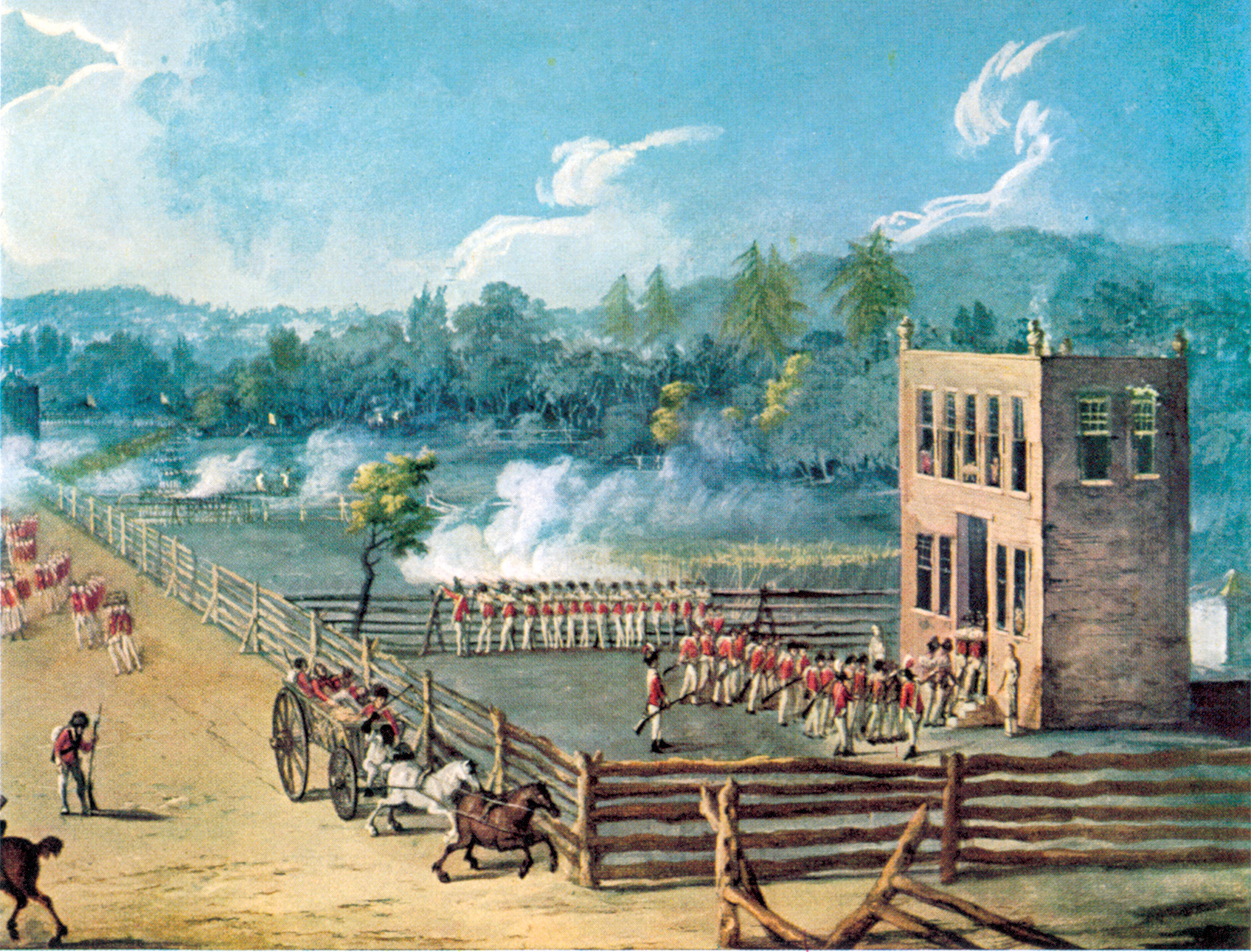
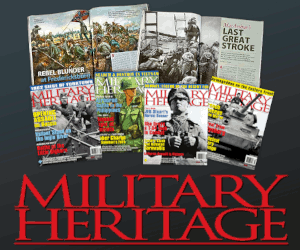
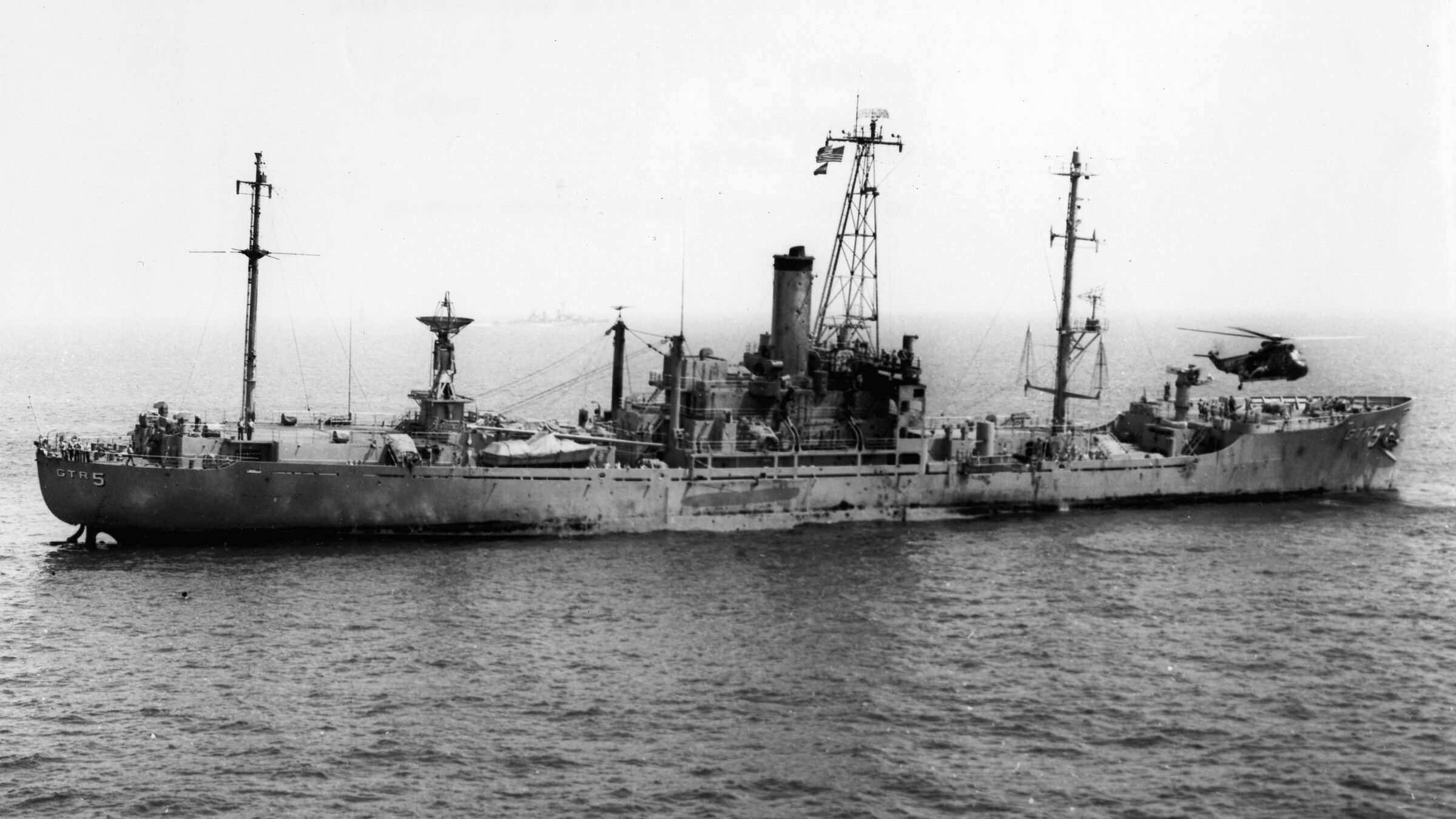
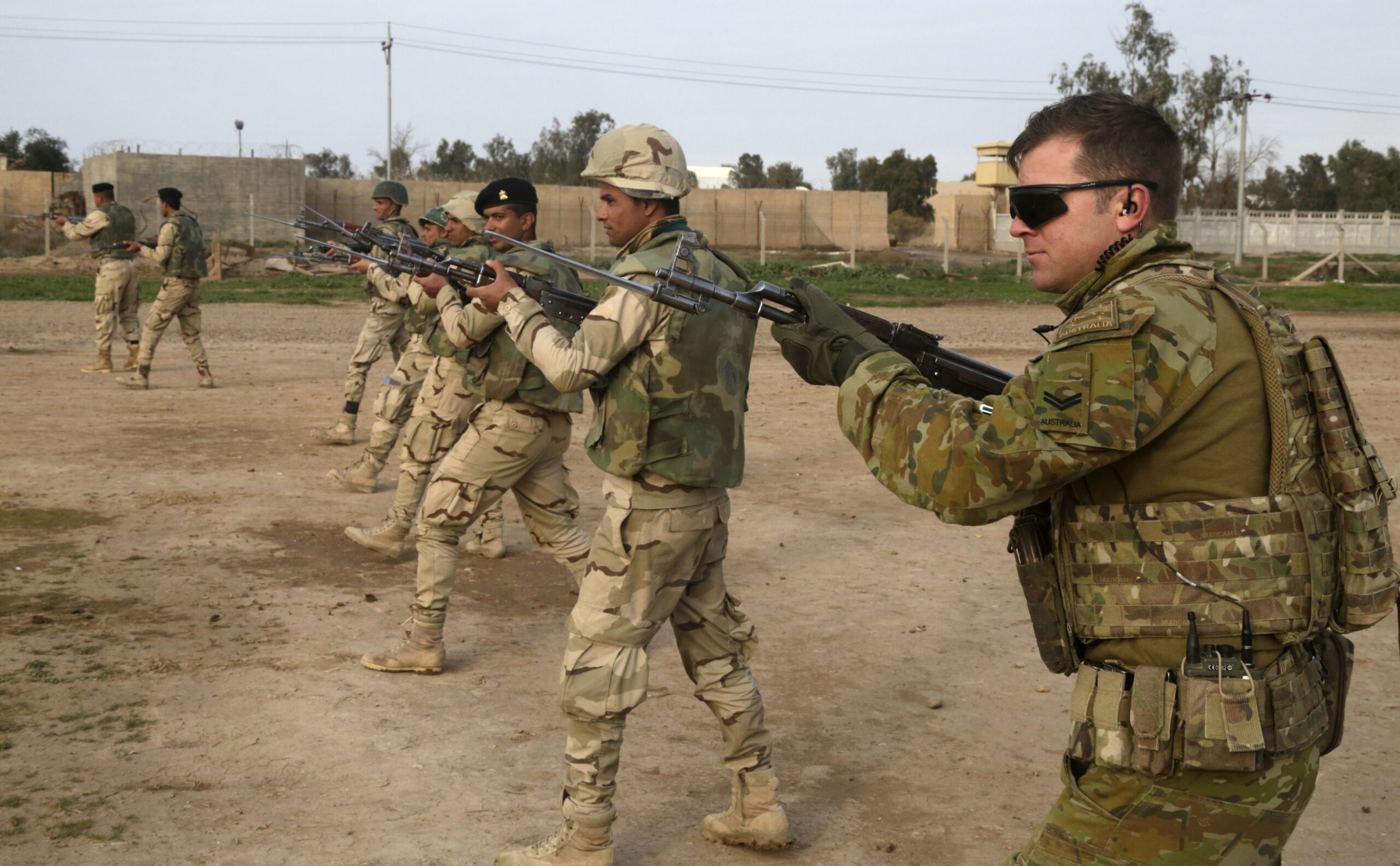
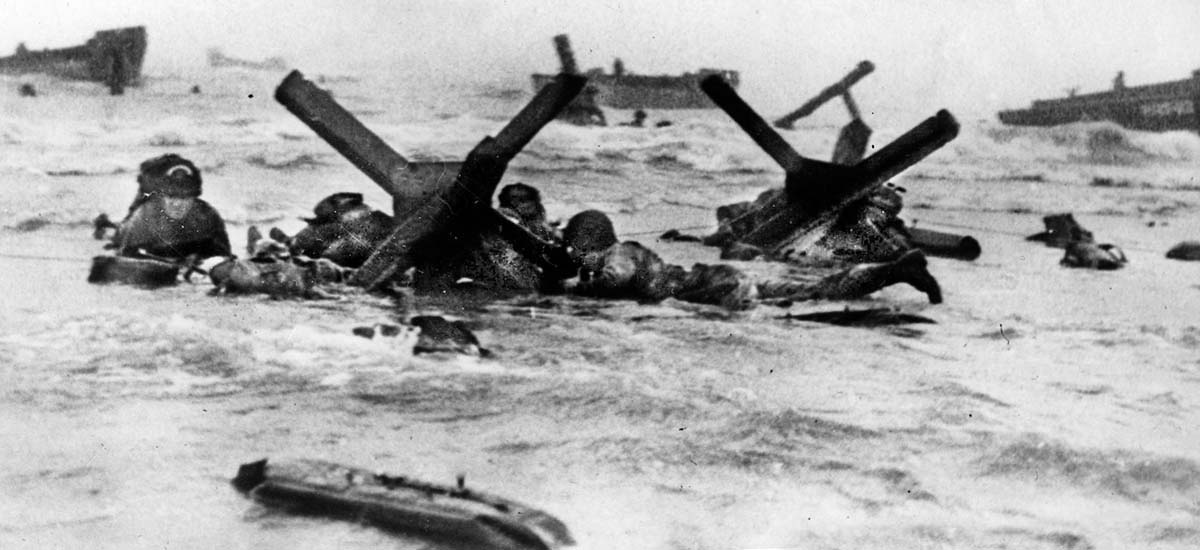
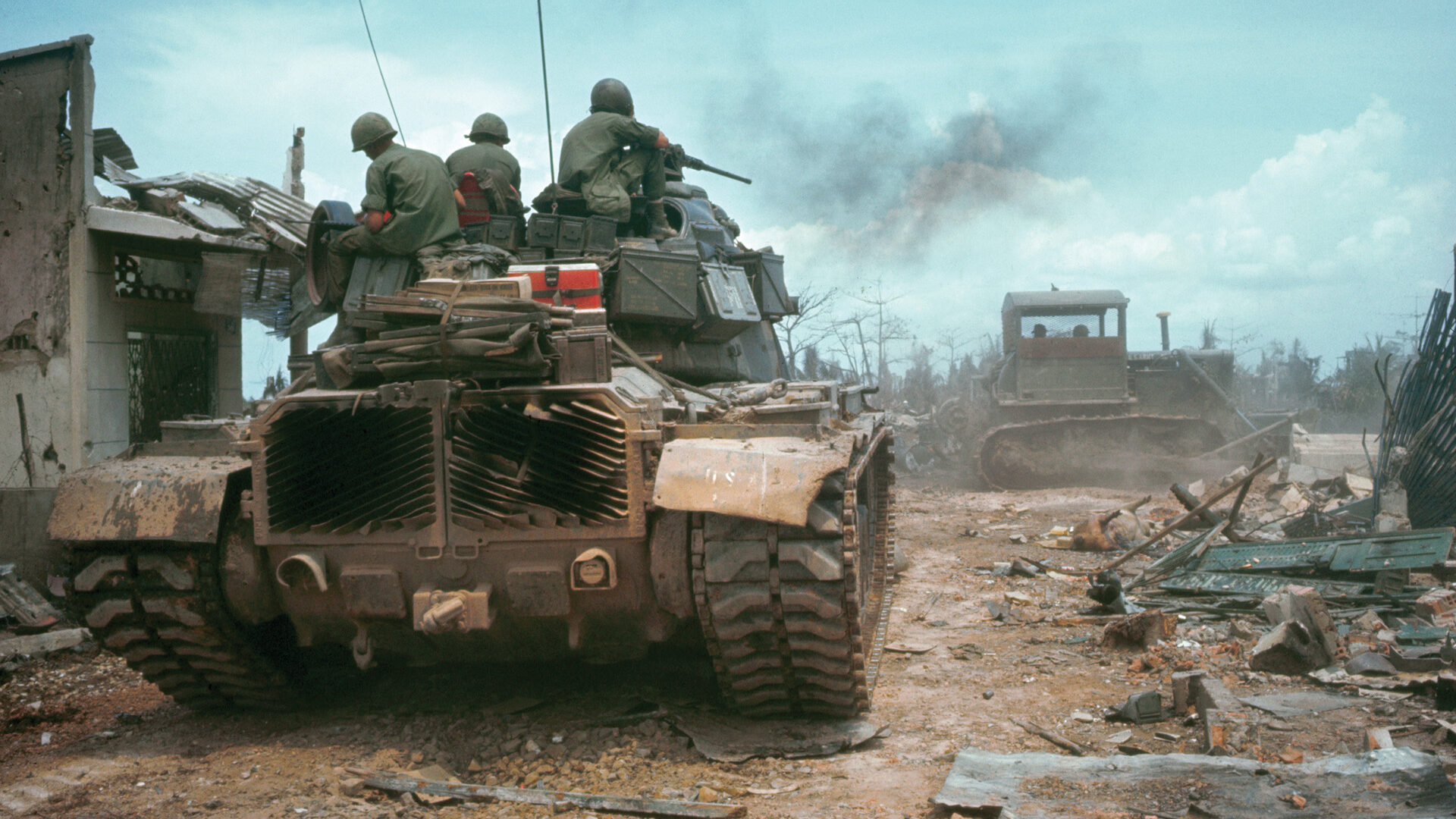
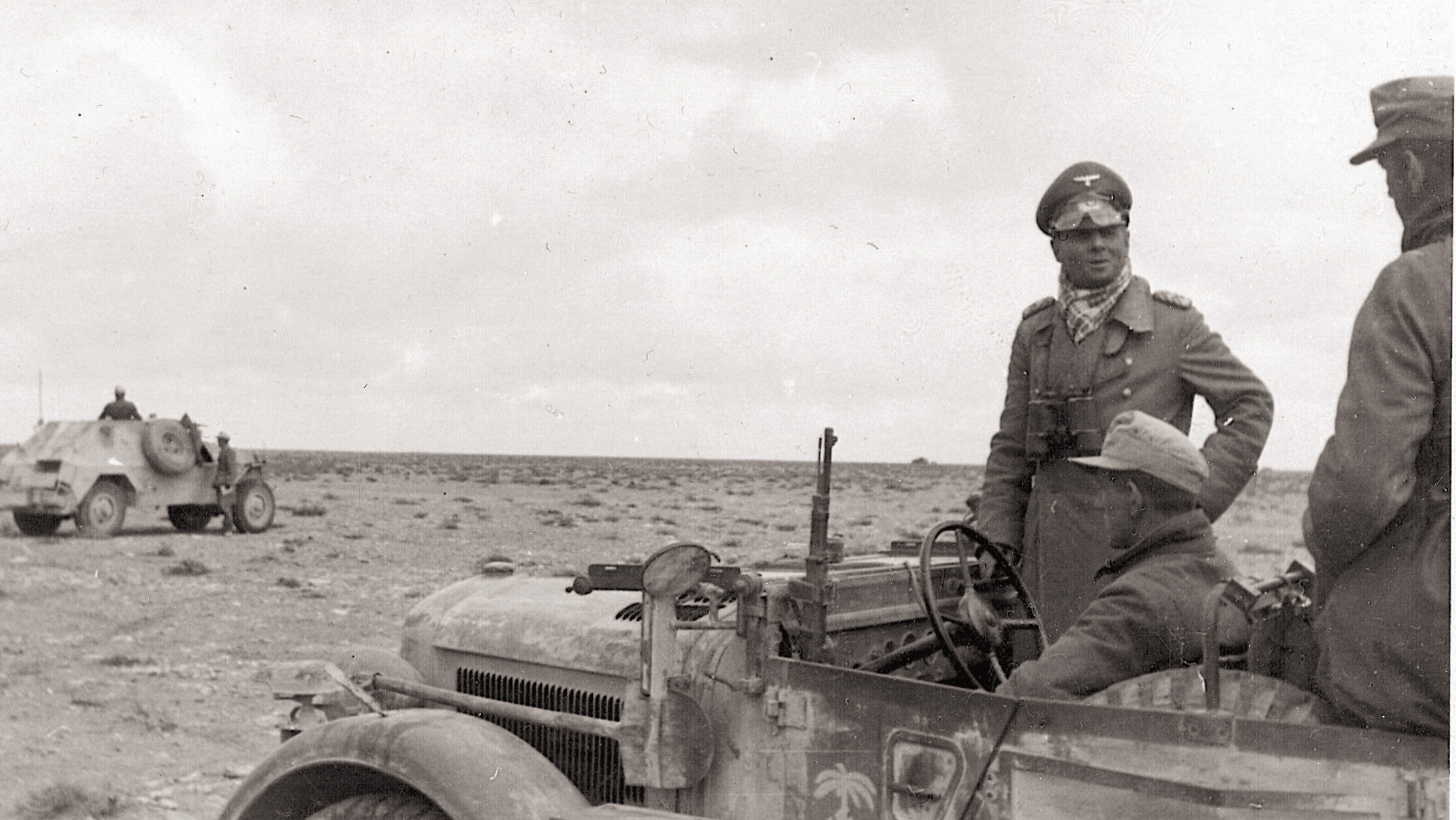
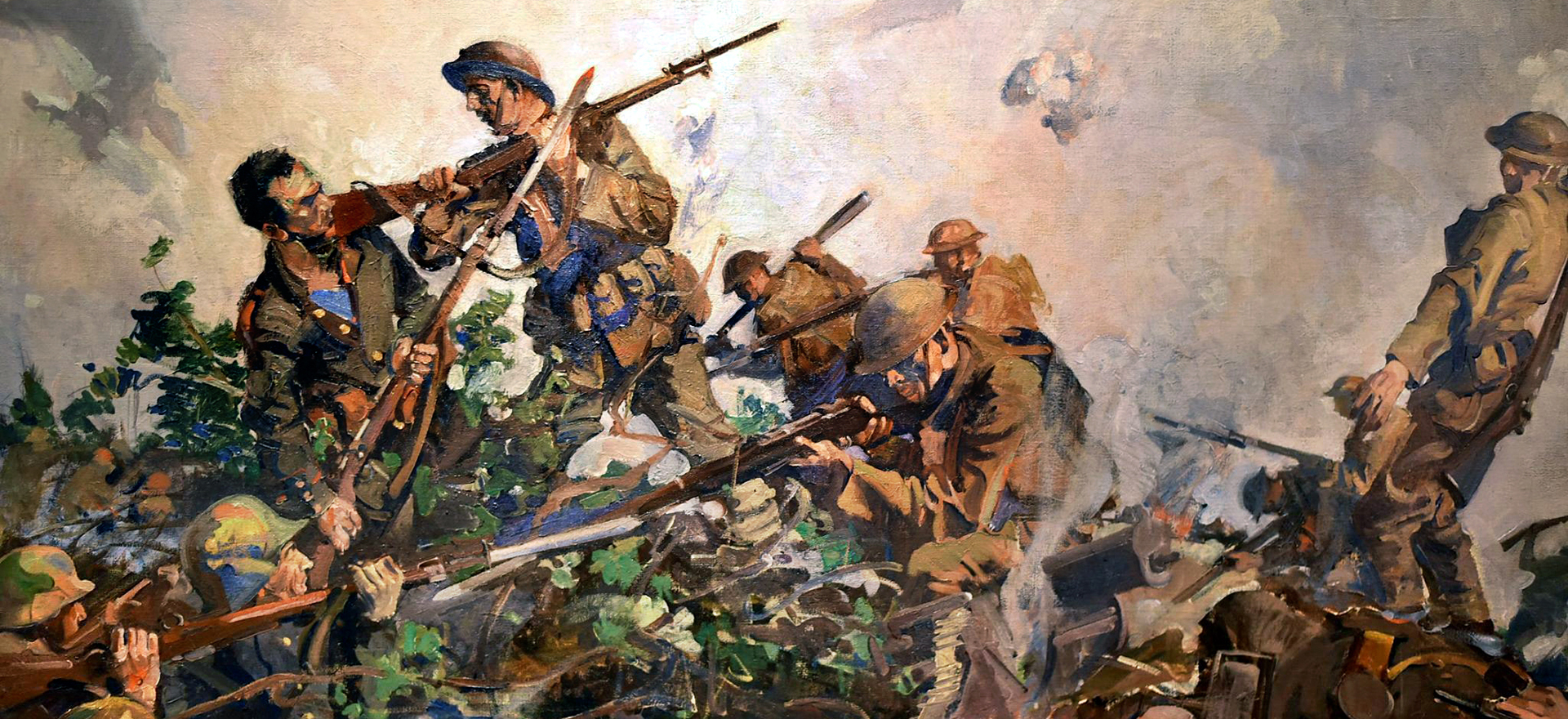
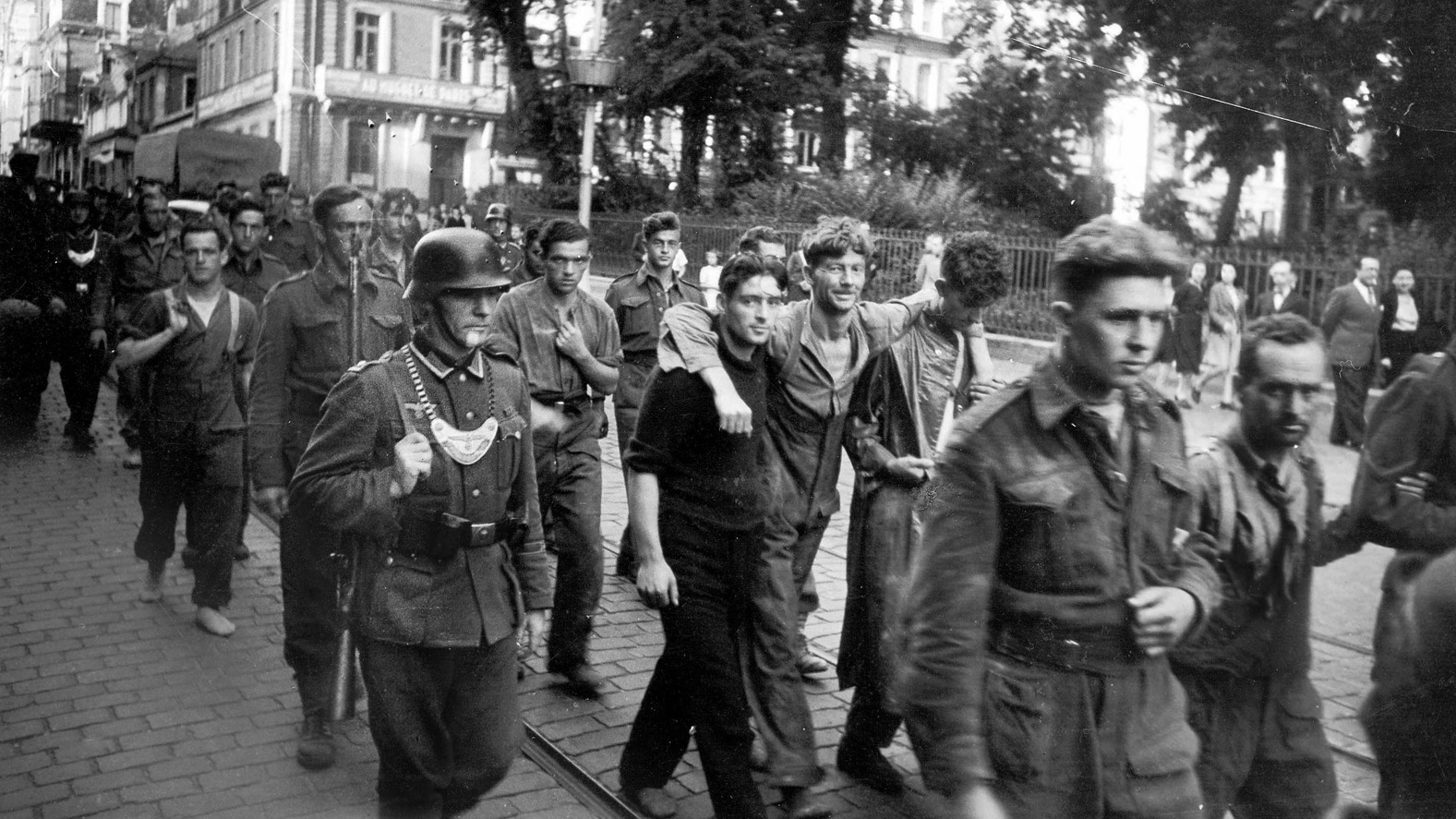
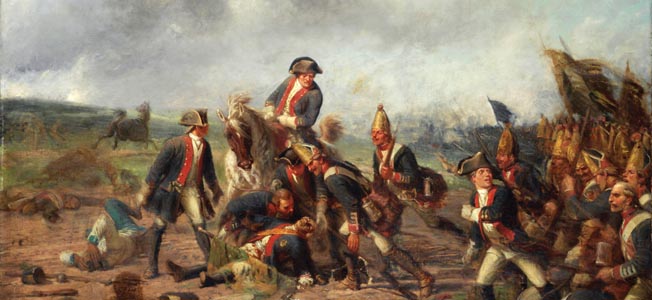
Join The Conversation
Comments
View All Comments